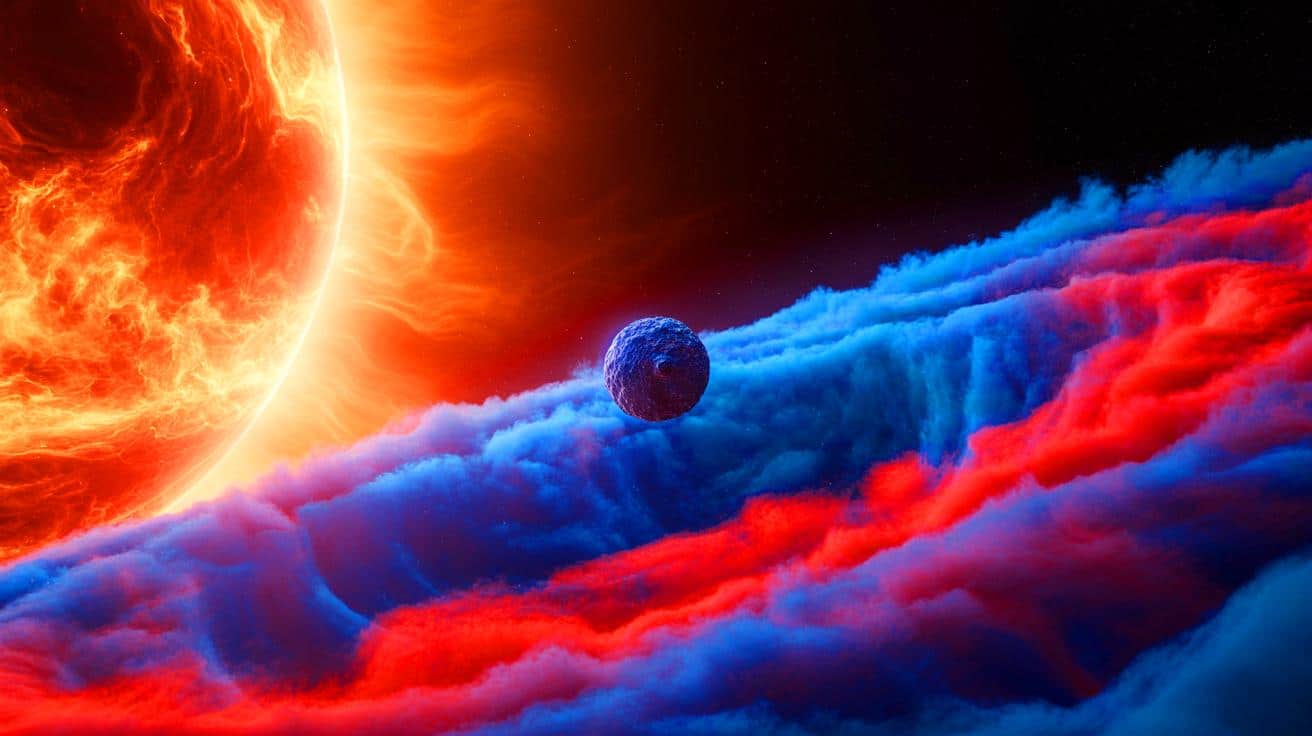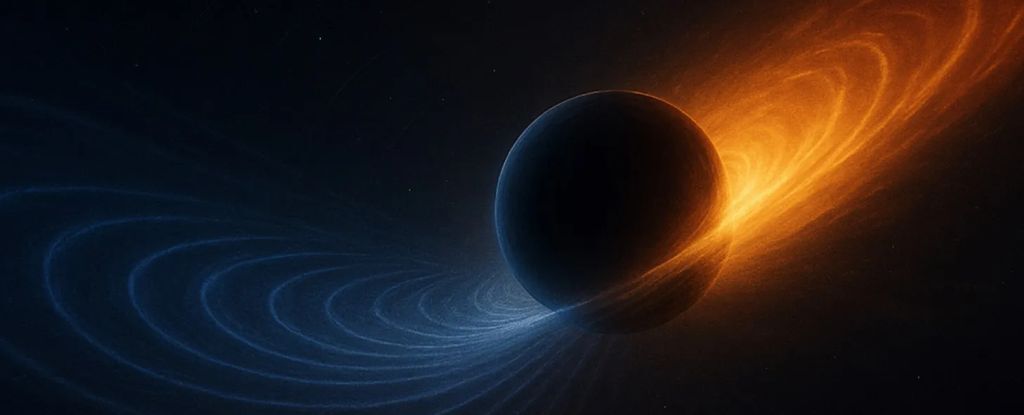Interstellar Objects Seed Planet Formation: Jump-Starting Gas Giants
#astrophysics #planetformation #exoplanets #interstellar_objects #cosmology

Interstellar Objects as Planetary Seeds
Astrophysicists have recently discovered that interstellar objects passing through young star systems can act as crucial building blocks, or “seeds,” for the formation of gas giant planets. These cosmic visitors, like the interstellar comet 3I/ATLAS, may be captured by the gravitational pull of protoplanetary disks surrounding young stars. Once captured, they provide a solid core that accelerates the accretion of gas and dust, enabling giant planets to form much faster than previously thought possible.
Overcoming Time Constraints in Planet Formation
One major challenge in planet formation theory is the short lifespan of protoplanetary disks—typically around two million years—limiting the time available for gas giants to develop. Interstellar objects offer a solution by jump-starting the process, especially around higher-mass stars that are more efficient at capturing these objects. This mechanism explains why gas giants are more common around stars like the Sun and rarer around smaller stars, as these seeds help overcome the time constraints imposed by disk dissipation.
Implications for Exoplanet Science
This insight into interstellar object-seeded planet formation reshapes our understanding of how giant planets emerge in diverse star systems. It highlights the dynamic exchange of material across stellar neighborhoods and suggests that the cosmos continually recycles building blocks for new worlds. Such findings open new avenues for studying planet formation and the conditions that lead to the birth of gas giants.





